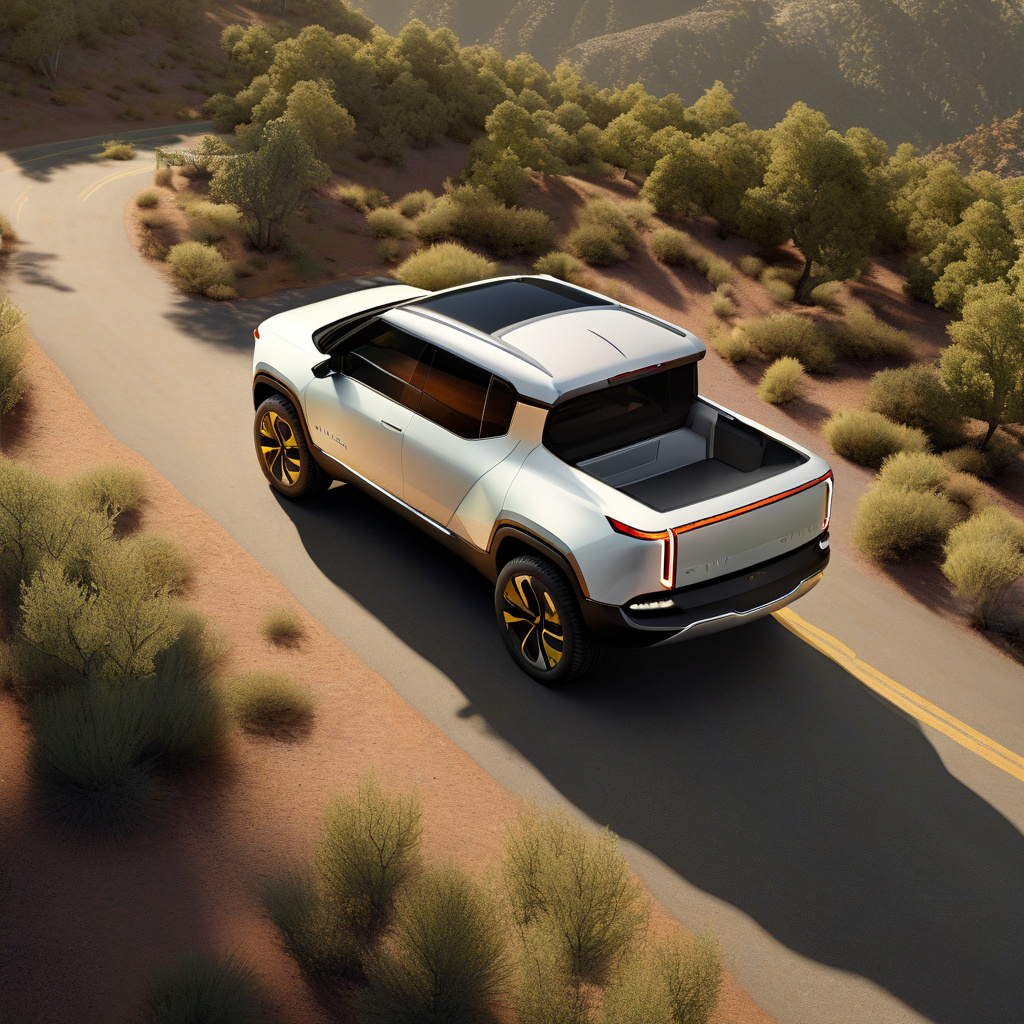In a significant move that promises to enhance the navigation experience for Rivian electric vehicle (EV) owners, the company has decided to switch from its current Mapbox-based maps to Google Maps. This strategic integration with Google Maps signifies a shift towards a more robust and widely-used mapping platform while still retaining the distinctive Rivian touch in the new system.
By leveraging Google Maps, Rivian aims to offer its customers a seamless navigation experience that is not only reliable but also familiar and user-friendly. Google Maps is renowned for its accuracy, extensive coverage, and real-time updates, making it a popular choice among consumers worldwide. This transition is expected to bring a host of benefits to Rivian drivers, including improved route planning, up-to-date traffic information, and enhanced overall usability.
Despite the shift to Google Maps, Rivian assures that the new mapping system will retain the brand’s unique identity and characteristics. This means that while users will enjoy the advanced features and functionalities of Google Maps, they can still expect to see elements of Rivian’s design language and user interface incorporated into the platform. This blend of Google’s mapping technology with Rivian’s distinctive DNA is poised to create a tailored and cohesive navigation solution for EV owners.
Moreover, integrating Google Maps into both Rivian vehicles and its companion app signifies a holistic approach to enhancing the overall user experience. Seamlessly connecting the in-car navigation system with the mobile app ensures continuity and convenience for users, allowing them to plan their journeys on the go and have the information sync effortlessly between their vehicle and smartphone. This synergy between hardware and software reflects Rivian’s commitment to delivering a cohesive ecosystem for its customers.
The decision to partner with Google for mapping services underscores Rivian’s dedication to staying at the forefront of innovation and providing cutting-edge solutions to its users. By tapping into Google’s vast resources and expertise in mapping technology, Rivian is poised to offer a best-in-class navigation experience that meets the evolving needs of modern drivers. This strategic collaboration not only elevates the functionality of Rivian vehicles but also solidifies the brand’s position in the competitive EV market.
Overall, the transition from Mapbox to Google Maps represents a significant step forward for Rivian, signaling a commitment to delivering top-tier navigation services to its discerning customers. By combining the strengths of Google’s mapping platform with Rivian’s unique design elements, the company is set to redefine the navigation experience for EV owners. As technology continues to evolve, partnerships like this one highlight the importance of adaptation and collaboration in driving innovation within the automotive industry. With Google Maps onboard, Rivian is gearing up to lead the way in providing a seamless and intuitive navigation experience for its users.

